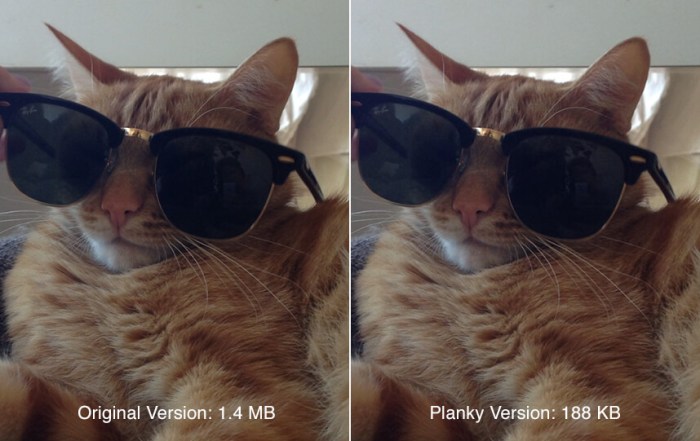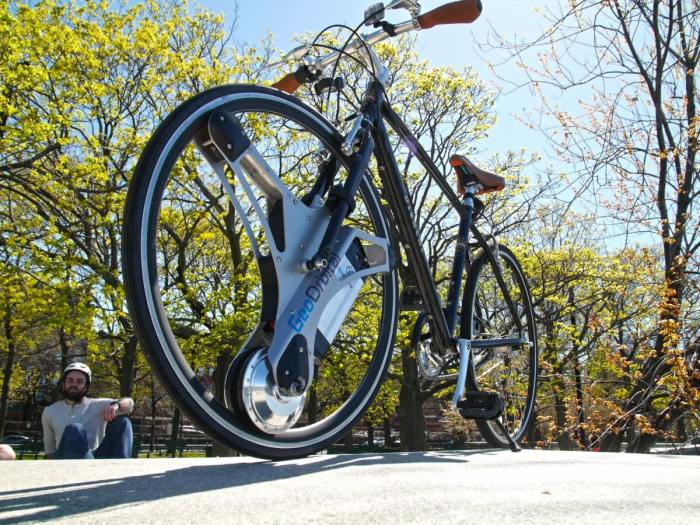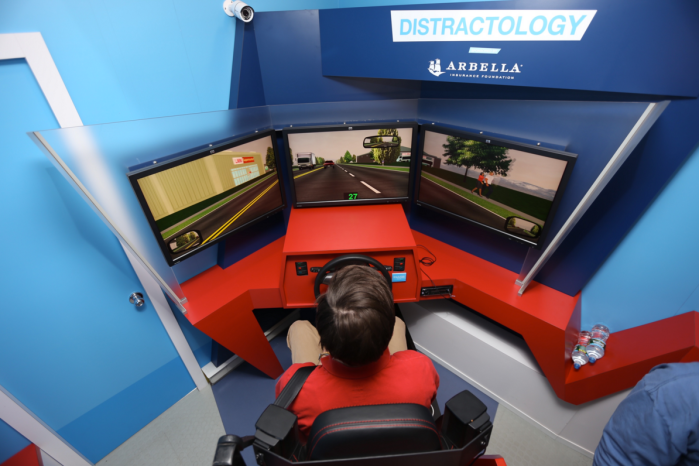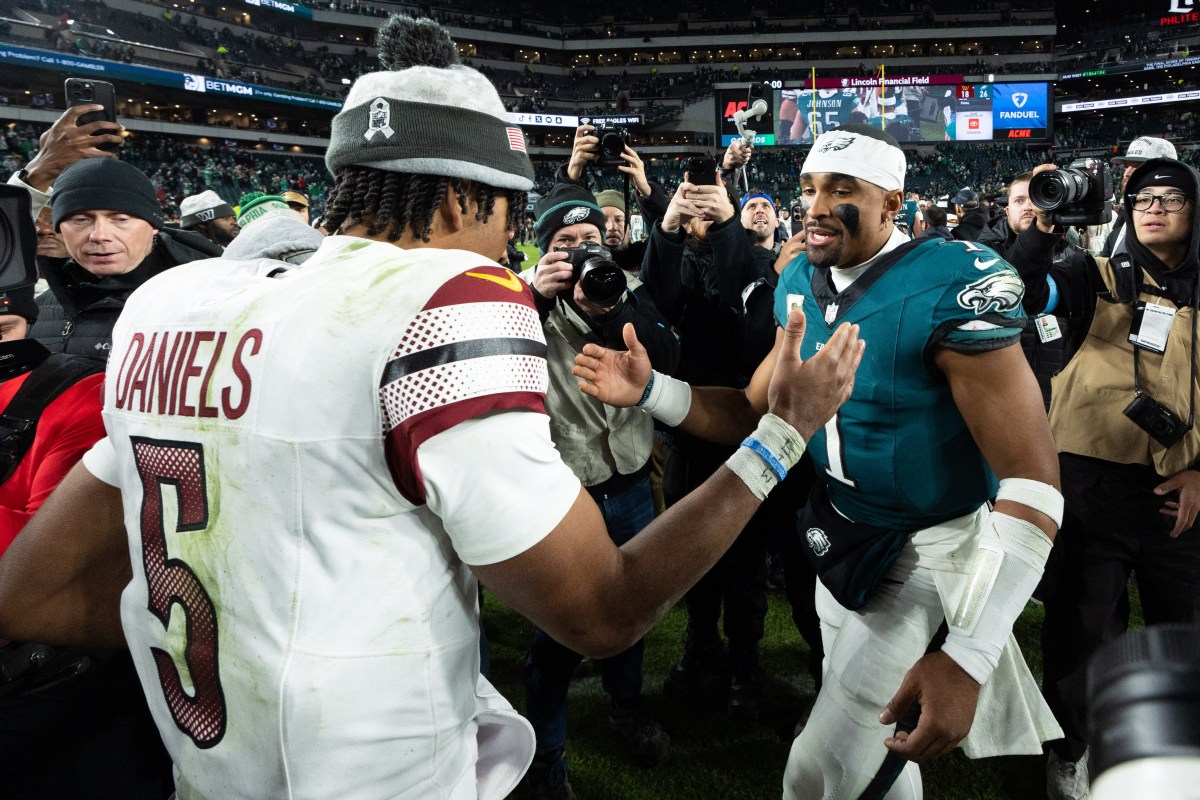The days of playing video games with a traditional joypad could be numbered thanks to a “smart ring” that allows you to control games just by waving your hand.
Using Bluetooth and a nine-axis motion control sensor, the Talon ring connects with any digital device, converting the user’s hand gestures to actions in a game.
Currently raising funds on Indiegogo, the prototype gadget would sell for no more than $100. “The key to using a Talon is to make mobile usage as simple and fun as possible,” says Guo Juan, the CEO and Founder of Titanium Falcon Inc, the Silicon Valley-based firm behind the gizmo. Q: How did you come up with the idea for Talon?
— When we were researching for product ideas, we already knew that there were wearable products in the market catering to fitness and healthcare. The hardware used in some of them is more or less similar to what we had come up with our initial idea for the Talon. It was then only a matter of time before we came up with the current hardware for the device and its various uses in gaming. Q: How does Talon work?
— Titanium Falcon focuses on bridging the gap between wearable technology and mobile gaming. Enabling motion controls for mobile and casual gaming gives the player more immersion and thereby enhances the experience. The user will use simple motions like horizontal and vertical lines or wave finger to make actions take place on the corresponding app. Q: How Talon will change the way we play games?
— Talon focuses on a very particular sub-genre of gaming that we have innovated called “motion-controlled mobile gaming.” Gamers until now have been asked to invest in expensive hardware and large play spaces to access such gaming. By having an affordable hardware, one can enjoy motion-controlled gaming on their mobile devices either in the comforts of their home like traditional cases or even when the user is barely sitting in a crowded bus during a commute. Q: How will you convince traditional gamers who are used to joypads that this is the future of gaming?
— Imagine a game like flight simulators or a shooting title. The onscreen keyboard takes up a third of the screen and in some cases is vague and cluttered. Players such as ourselves find it hard to make our actions for the game reflect properly with that level of input. Now imagine the same scenario where you hand controls the device. Lateral and rotational motion will be picked up and applied in the game. Q: How accurate is the device in detecting players’ movements?
— Accuracy is defined by not just the speed and sensitivity of the motion sensor but also its ability to relay the acquired information to the parent device. The Talon uses the same motion-detecting tech in the latest Samsung Phones and the Nintendo Wii. Hence the hardware sensitivity is as accurate as in those devices. Some of the other key factors are the efficiency of the coding algorithm with the application in use which will have to be fine-tuned. We will simplify the gestures required for each task so as to make it as sensitive as possible. Q: Do you have a prevision to launch the device on the market? And its price?
— Our pricing strategy relies on our consolidated cost of manufacturing. We feel a under-$100 pricing will help us gain product acceptance and customer loyalty which we can later leverage on for future products and variations.
























